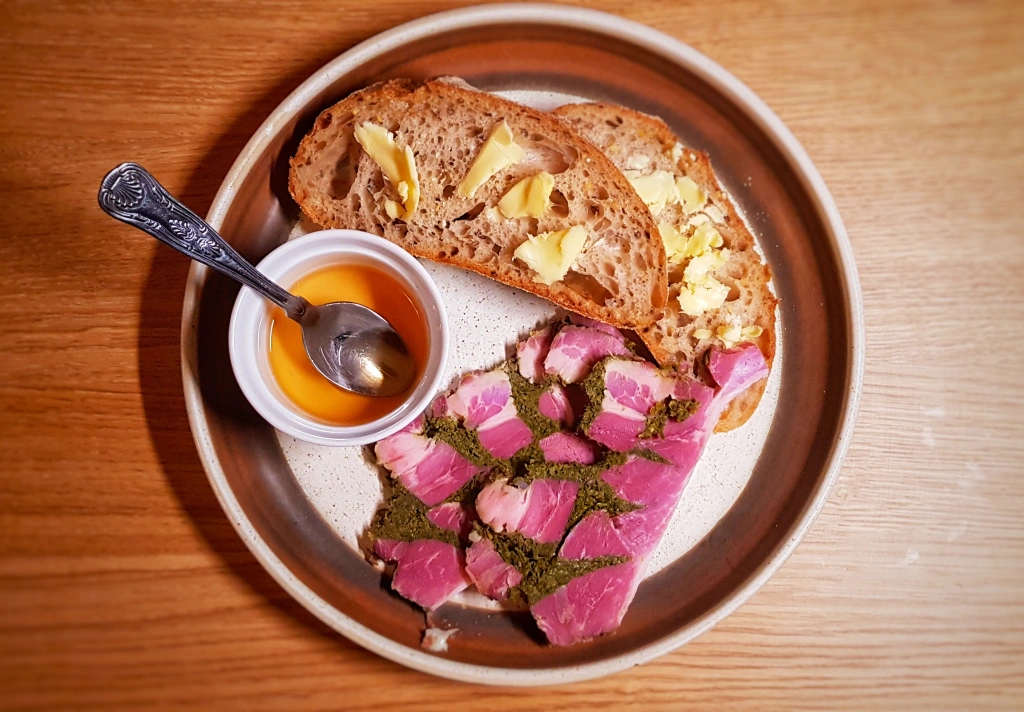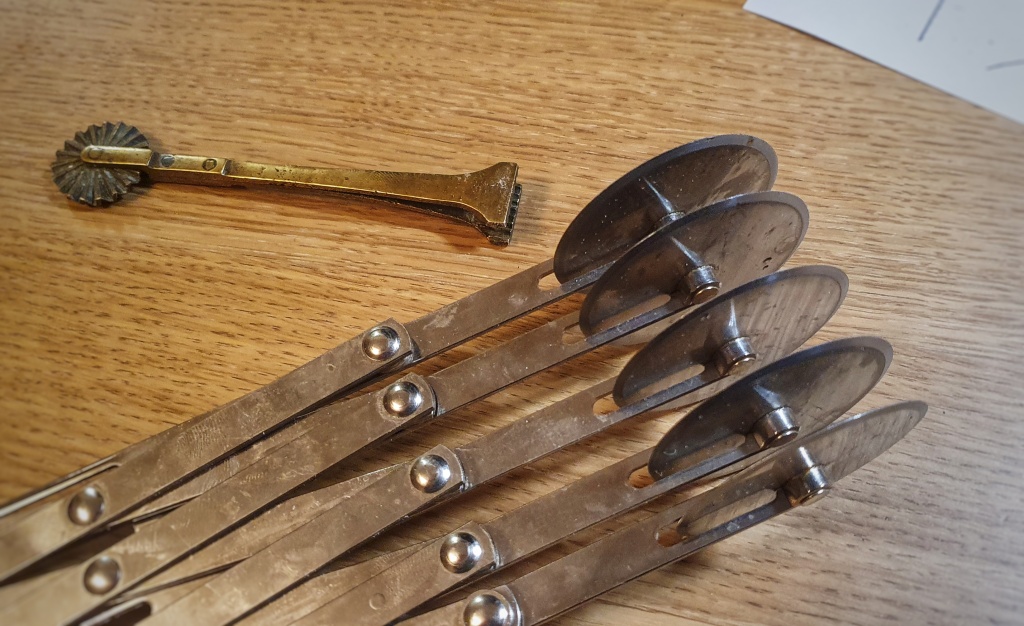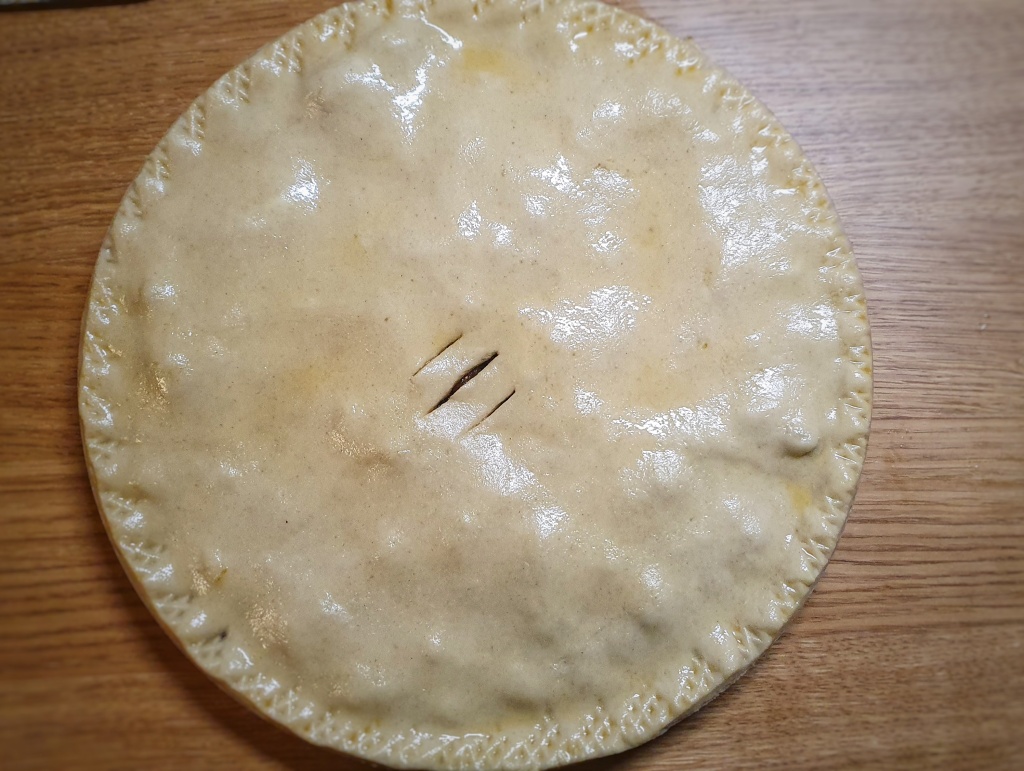Happy New Year everyone! I’m only a little worse for wear after a night out in the bustling metropolis that is Levenshulme, South Manchester. Going out didn’t mean I negated on cooking up my annual New Year’s Eve pudding though: this year it was plum pudding (it is still Christmas remember!) which did a great job of lining my stomach. The recipe was of course the one I picked up last year, courtesy of Sam Bilton’s Great Aunt Eliza.
Well what a year it has been with regard to my writing: I wrote a few articles for Country Life (you can read them on my Media page), and my second book Before Mrs Beeton – a biography of food innovator and entrepreneur Elizabeth Raffald – came out in March and it seems to have gone down well. The big news was my previous book, A Dark History of Sugar, won the Best First Book Award at the Guild of Food Writer’s Awards 2023; little old me! Completely unexpected, but very pleased as I’m sure you can imagine.



The blog has continued to do well, receiving more views in 2023 than in any other year, and the podcast has gone from strength to strength; according to Spotify, my listenership has increased by 125%.
I wouldn’t have been able to do all of this without you all reading and commenting, listening and downloading. It is you who spurn me on to keep on making more content, so thank you all very, very much.
A special shout out too to everyone who supported the blogs and podcast financially by treating me to a virtual coffee or pint, or by becoming a £3 monthly subscriber. It’s becoming increasingly more expensive just to have podcasts and blogs these days, so I really appreciate it.
If you like the blogs and podcast I produce and would to start a £3 monthly subscription, or would like to treat me to virtual coffee or pint: follow this link for more information. Thank you.






There has been a variety of posts on the blog this year. There were some classic recipes including a step-by-step guide to making steamed sponge puddings, English butter sauce, malt loaf, sago pudding (needs reappraisal in my humble opinion), barley water and roast venison. Of course, there were some unusual recipes gleaned from Britain’s gastronomic past: those delicious teatime treats called Wigs, Elizabeth Raffald’s flummery table decorations, dock pudding, sweet lamb pie, Edward Kidder’s curiously shaped mince pies and, er, porpoise.
The other blog, Neil Cooks Grigson, has very much slowed down as I inch toward the completion of the project, and I only managed to cook one recipe for it. It was a good one though: #446 Lincolnshire Chine. It was the last recipe in the Cured Meat section of the book, so I wrote a little review of it. Many recipes from this section made it into both my personal and professional repertoires.






There were some great podcast episodes published too: 19 in all, the most I have made in a single year, taking the number of episodes up to 49! The most popular episode was 18th Century Dining with Ivan Day. Other favourites included London’s Street Food Sellers with Charlie Taverner, Invalid Cookery with Lindsay Middleton, Tavern Cookery with Marc Meltonville and Tudor Cooking and Cuisine with Brigitte Webster. I also collaborated with Sam Bilton of the Comfortably Hungry podcast about tripe. Season 7 kicked off in December with an episode about mince pies and another collaboration this time with Thomas Ntinas of the Delicious Legacy podcast about 18th-century women cookery book writers.
So, that’s the look back, and now it is time to look forward to the new year and to what it will bring. New podcast episodes are being lined up and the next episode will be out on 5 January (all things being well). I have two book deadlines this year, so I shall tell you about those as and when I can, and I will – of course – be continuing to write posts for the blogs (though January and February may be a little sparse – those deadlines are looming!)
I hope you have a great rest of Christmas. Remember it doesn’t finish until the 5th of January, so keep eating, drinking and making merry up to then, and beyond.
Thanks again for all of your support,
Neil x







































